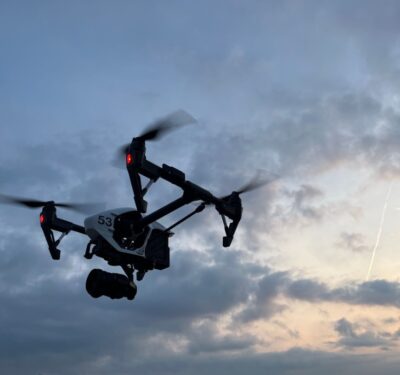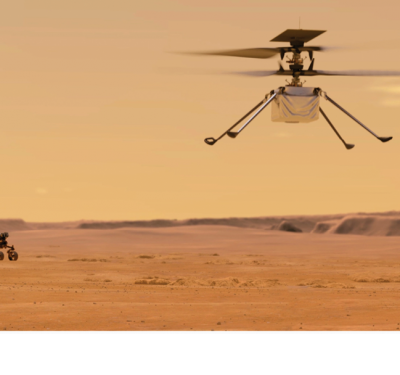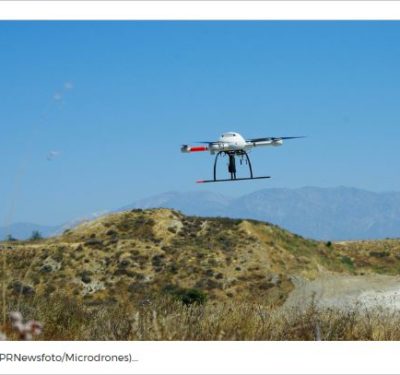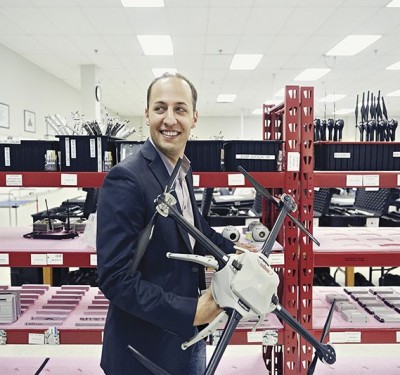
Trimble
The Federal Aviation Administration has dropped most of the filing requirements for low-altitude unmanned flights, dramatically reducing the per-mission paperwork for commercial drone operators holding special waivers.
Though current flight rules make for-profit drone flights illegal, some 53 companies have been granted waivers under the FAA’s Section 333 program.
The waivers, however, did not relieve firms of the requirement to get a Certificate of Authorization or COA for each distinct mission. As the number of Section 333 waivers climbed, and research surged at universities and government agencies, the wait for COA approval stretched well beyond the target turnaround of 60 days, sources told Inside Unmanned Systems. Some operators looking to test new aircraft and applications went overseas to avoid the lengthy process.
“Today we put into place a new process where we granted blanket approval across the country in class G airspace — or in other words low-altitude and away-from-airport airspace up to 200 feet and below,” said Jim Williams, the manager of the FAA’s Unmanned Aircraft Systems Integration Office.
Williams told attendees at a meeting of the International Civil Aviation Organization in Montréal that the original process was slow because it was assessing an exemption petition rather than a request for approval.
“We think this will have a tremendous impact on enabling operations,” Williams said.
The new policy will free firms with Section 333 waivers from obtaining COAs for any daylight operation within the United States using an unmanned aircraft system (UAS) weighing less than 55 pounds as long as it goes no higher than 200 feet and operates within certain other limits.
Specifically the pilot must operate using daytime Visual Flight Rules (VFR) and keep the UAS within his or her visual line of sight. UAS, which are more commonly called drones, must stay two to five miles from airports and heliports.
“This policy is a step in the right direction, and will help companies that receive Section 333 exemptions fly sooner by eliminating some red tape in the process,” said Brian Wynne, president and CEO of the Association for Unmanned Vehicle Systems International (AUVSI). “It will also help more industries and businesses begin to realize the benefits of UAS technology.”
All current holders of section 333 waivers will automatically be granted this type of blanket COA. Other companies will get the same latitude once their waivers are granted. Those wishing to operate outside of the blanket-COA limits can still go through the regular COA process.
Congress created the waivers in 2012 to give commercial operators opportunities to fly while they waited for the final rule for operating small UAS. The draft of that rule has been published and is now open for public comment. The final version of the rule however is not expected for another year to year and a half.
In the meantime, however, the number of section 333 waiver requests has reached 690, according to an FAA spokesman.
The FAA needs to further expedite this process, said Wynn, and set a timeline for their approval to create accountability and give companies more certainty.
“Accelerating this process”, he said in a statement, “will help businesses use UAS to do their work more effectively and efficiently while they wait for the FAA to complete the rulemaking.”






